Home>Furniture>Outdoor Furniture>How Long Does A Concrete Patio Last
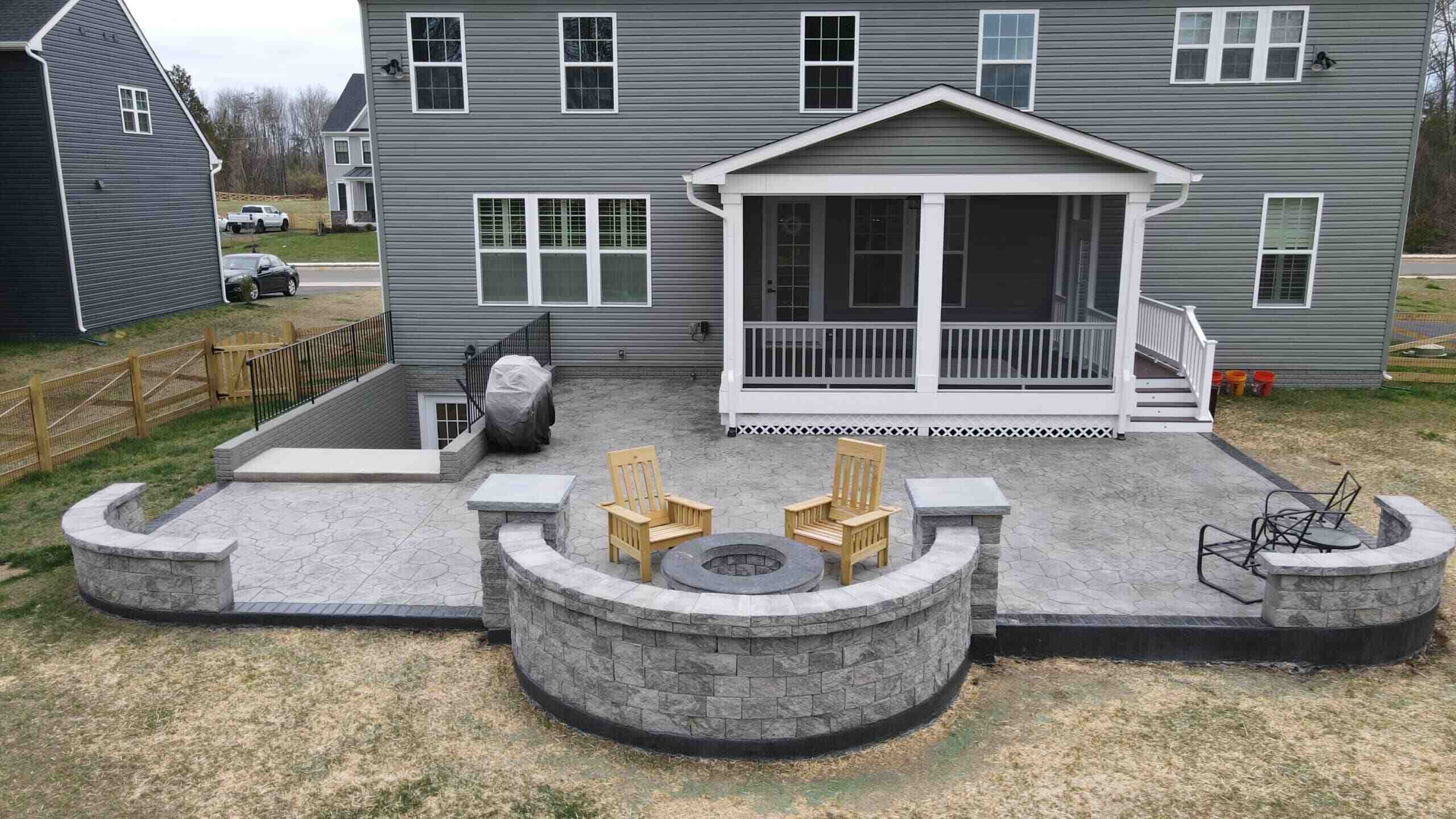

Outdoor Furniture
How Long Does A Concrete Patio Last
Modified: March 7, 2024
Ensure the longevity of your outdoor furniture with a durable concrete patio. Discover how long a concrete patio can last and make the most of your outdoor space.
(Many of the links in this article redirect to a specific reviewed product. Your purchase of these products through affiliate links helps to generate commission for Storables.com, at no extra cost. Learn more)
Introduction
Welcome to the world of outdoor furniture! If you’re looking to transform your outdoor space into a comfortable and inviting oasis, investing in high-quality outdoor furniture is essential. However, when it comes to choosing the right furniture for your backyard, there are a few key factors to consider.
One of the most important aspects of outdoor furniture is durability. After all, you want your furniture to withstand the elements and last for many seasons to come. Among the various types of outdoor furniture materials available, concrete is a popular choice due to its durability and longevity.
In this article, we will delve into the world of concrete patio furniture and explore how long a concrete patio can last. We’ll discuss the factors that affect its lifespan, tips for proper installation and maintenance, signs of deterioration to look out for, and how to repair or replace a concrete patio when necessary.
So, if you’re ready to create a cozy and long-lasting outdoor seating area, continue reading to discover all the information you need to know about concrete patios.
Key Takeaways:
- Proper installation, regular maintenance, and quality materials can significantly extend the lifespan of a concrete patio. By following these steps, you can ensure your patio remains beautiful and functional for many years.
- If your concrete patio shows signs of damage, consider repair options like filling cracks or resurfacing. For severe damage, replacement may be necessary for a fresh start in your outdoor space.
Read more: How Long Does A Concrete Driveway Last
Factors Affecting the Lifespan of a Concrete Patio
The lifespan of a concrete patio can vary depending on several factors. Understanding these factors will help you make informed decisions when it comes to installation, maintenance, and longevity of your outdoor space. Here are some key factors that can affect the lifespan of a concrete patio:
- Quality of Materials: The quality of the materials used to construct the patio plays a significant role in its lifespan. Opting for high-quality concrete, reinforcement, and sealants can greatly enhance the patio’s durability and longevity.
- Proper Installation: The way a concrete patio is installed can impact its lifespan. Proper site preparation, adequate foundation, and skilled craftsmanship during pouring and finishing are essential for a patio that will stand the test of time.
- Climate: The climate in which the concrete patio is located can have a significant impact on its lifespan. Extreme temperatures, freeze-thaw cycles, high humidity, and exposure to harsh sun can all contribute to the deterioration of the patio over time.
- Maintenance: Regular maintenance is crucial for the longevity of any outdoor furniture, including concrete patios. This includes cleaning, sealing, and protecting the patio from stains, moisture, and UV damage. Neglecting proper maintenance can lead to cracks, discoloration, and deterioration.
- Usage and Foot Traffic: The amount of foot traffic and usage the patio receives also affects its lifespan. Heavy foot traffic, frequent movement of furniture, and excessive weight can put stress on the concrete, causing cracks and wear over time.
By considering these factors and taking appropriate measures, you can significantly extend the lifespan of your concrete patio. Implementing proper installation techniques, regular maintenance, and considering climate factors will help ensure that your patio remains functional and aesthetically pleasing for years to come.
Proper Installation of Concrete Patio
Proper installation of a concrete patio is crucial for ensuring its longevity and durability. Here are some key steps to follow for a successful installation:
- Site Preparation: Before starting the installation process, it’s important to prepare the site properly. Clear the area of any vegetation, rocks, debris, or obstacles that may hinder the installation. Level the ground and ensure proper drainage to prevent water from pooling on the patio surface.
- Reinforcement: Adding reinforcement to the concrete patio is essential for added strength and durability. This can be done by placing steel rebar or wire mesh throughout the concrete slab during the pouring process. Reinforcement helps prevent cracking and shifting of the patio over time.
- Pouring and Finishing: When pouring the concrete, make sure to use quality concrete mix and follow the manufacturer’s instructions. Pour the concrete evenly and use a screed board or bull float to level and smooth the surface. Finish the patio by using a trowel or broom to create the desired texture.
- Expansion Joints: Installing expansion joints is crucial to allow the concrete to expand and contract with temperature changes. These joints prevent cracking and shifting caused by thermal expansion. Place expansion joints approximately every 8 to 10 feet, and fill them with a flexible joint filler to allow for movement.
- Curing: Proper curing is essential for the strength and durability of the concrete patio. After the pouring and finishing process, cover the patio with a curing compound or plastic sheeting to retain moisture and promote proper curing. Follow the curing time recommended by the manufacturer before putting any weight or furniture on the patio.
By following these steps and ensuring proper installation techniques, you can maximize the lifespan of your concrete patio. It’s important to consult with a professional contractor or concrete specialist to ensure that all the necessary steps are followed and that the patio is installed correctly.
Maintenance Tips for Extending the Lifespan of a Concrete Patio
Proper maintenance is crucial for ensuring the long-term durability and beauty of your concrete patio. By following these maintenance tips, you can extend the lifespan of your patio and keep it looking its best:
- Regular Cleaning: Keep your concrete patio clean by sweeping or using a leaf blower to remove debris, leaves, and dirt regularly. This will prevent scratches and stains from forming on the surface. For more stubborn stains, use a mild detergent or concrete cleaner and a scrub brush to remove the dirt.
- Sealing: Applying a high-quality sealer to your concrete patio is essential for protecting it from moisture, stains, and UV damage. Sealers also help to enhance the color and appearance of the concrete. Follow the manufacturer’s instructions on when and how to apply the sealer for the best results.
- Avoid Chemicals: Avoid using harsh chemicals or abrasive cleaners on your concrete patio as they can damage the surface. Instead, opt for mild, non-acidic cleaners specifically formulated for use on concrete. Be cautious with de-icing chemicals during winter, as they can also cause damage to the patio.
- Prevent Moss and Mildew: To prevent the growth of moss or mildew on your concrete patio, ensure that the area is well-ventilated and receives adequate sunlight. Trim vegetation near the patio to minimize shade and moisture accumulation. If moss or mildew does appear, use a mixture of vinegar and water or a specialized cleaner to remove it.
- Protect from Furniture: Place rubber or plastic pads under furniture legs and avoid dragging heavy objects across the patio surface to prevent scratches and damage. Use furniture covers during periods of non-use or inclement weather to keep the furniture and patio protected.
- Address Cracks and Damage: Regularly inspect your concrete patio for any cracks or damage. Address small cracks by filling them with a concrete crack filler or sealant. For larger cracks or significant damage, consult a professional contractor for proper repair and restoration.
By following these maintenance tips, you can keep your concrete patio in excellent condition for many years. Regular cleaning, sealing, and prevention of damage will help extend its lifespan and ensure that it remains a beautiful and functional addition to your outdoor space.
A concrete patio can last 25-30 years with proper maintenance. To extend its lifespan, seal the concrete every 2-3 years and repair any cracks promptly.
Signs of Concrete Patio Deterioration
While concrete patios are known for their durability, they are still susceptible to deterioration over time. It’s important to be aware of the signs of deterioration so that you can address them promptly. Here are some common signs to look out for:
- Cracks: Cracks can appear on the surface of the concrete patio due to various factors such as settling, temperature changes, or heavy loads. Small hairline cracks are relatively common and can be repaired easily. However, larger cracks that are widening or indicate structural issues should be inspected by a professional.
- Spalling: Spalling refers to the flaking or chipping of the concrete surface. It typically occurs due to freeze-thaw cycles or exposure to de-icing chemicals. If you notice pieces of concrete breaking off or a rough, crumbling texture, it’s a sign of spalling and should be addressed to prevent further deterioration.
- Discoloration: Over time, concrete patios may become discolored due to exposure to sunlight, moisture, or stains. While some discoloration is normal, excessive or uneven discoloration can indicate underlying issues such as moisture penetration or mold growth. Stains from oil, rust, or other substances should also be addressed promptly to prevent further damage.
- Unevenness: If you notice areas of your concrete patio that have become noticeably uneven or sloping, it may be a sign of underlying issues with the foundation or settling. Unevenness can lead to water pooling and further damage over time, so it’s important to address it promptly to prevent further deterioration.
- Pitting or Scaling: Pitting refers to small holes or indentations that develop on the surface of the concrete. Scaling, on the other hand, involves the flaking or peeling of the top layer of the concrete. These issues can occur due to factors such as exposure to extreme temperatures or the use of improper de-icing chemicals. Pitting and scaling should be repaired to prevent further deterioration.
If you notice any of these signs of deterioration on your concrete patio, it’s important to take action to address the issues promptly. Regular inspections and maintenance can help identify any problems early on and prevent further damage. Consulting with a professional contractor or concrete specialist can provide expert advice on the best course of action for repairing and restoring your concrete patio.
Read more: How Long Does Concrete Tile Roof Last
Repairing or Replacing a Concrete Patio
If your concrete patio is showing signs of significant damage or has reached the end of its lifespan, you may need to consider repairing or replacing it. Here are some options to consider:
- Repairing Cracks and Damage: Small cracks and minor damage can often be repaired without the need for a complete patio replacement. There are several products available, such as concrete patching compounds or crack fillers, that can be used to fill and repair cracks. Follow the manufacturer’s instructions for proper application and make sure to address any underlying issues causing the damage.
- Resurfacing: If your concrete patio has surface-level damage, such as spalling, pitting, or discoloration, resurfacing can be a cost-effective option. This involves applying a thin layer of concrete overlay or a specialized resurfacing product to restore the appearance and functionality of the patio. Resurfacing can also provide an opportunity to change the color or texture of the patio if desired.
- Refinishing: Refinishing is another option for rejuvenating an aging concrete patio. This process involves cleaning the surface thoroughly and applying a new decorative coating or stain. Refinishing can transform the appearance of your patio, giving it a fresh and updated look.
- Replacing: In cases where the concrete patio is extensively damaged, uneven, or beyond repair, complete replacement may be necessary. This involves removing the existing patio and pouring a new concrete slab. Replacement gives you the opportunity to customize the design, size, and layout of your patio according to your preferences.
When deciding between repair and replacement, consider the extent of the damage, your budget, and the overall condition of the patio. Consulting with a professional contractor or concrete specialist can help you assess the options and make an informed decision.
Remember to consider the time and cost involved in each option. While repair and resurfacing may be more affordable in the short term, replacement can provide a long-lasting solution and a fresh start for your outdoor space.
Conclusion
Choosing a concrete patio for your outdoor space can provide durability, longevity, and a beautiful addition to your home. By understanding the factors that affect its lifespan, properly installing and maintaining it, and addressing any signs of deterioration, you can ensure that your concrete patio lasts for many years to come.
Remember to consider the quality of materials, proper installation techniques, climate factors, and regular maintenance when it comes to your concrete patio. By investing the time and effort into proper installation and maintenance, you can significantly extend its lifespan and keep it looking its best.
Regular cleaning, sealing, and prevention of damage are key aspects of maintaining your concrete patio. By implementing these maintenance tips, you can keep your patio in excellent condition and protect it from stains, cracks, and other forms of deterioration.
However, if you do encounter significant damage or reach the end of your patio’s lifespan, there are repair and replacement options available. Small cracks and minor damage can often be repaired, while resurfacing or refinishing can address surface-level issues. In more severe cases, complete replacement may be necessary for a fresh start.
In conclusion, a well-maintained and properly installed concrete patio can be a long-lasting and enjoyable feature of your outdoor space. By considering the factors discussed in this article and following the maintenance tips provided, you can ensure that your concrete patio withstands the test of time and remains a beautiful and functional addition to your home.
Frequently Asked Questions about How Long Does A Concrete Patio Last
Was this page helpful?
At Storables.com, we guarantee accurate and reliable information. Our content, validated by Expert Board Contributors, is crafted following stringent Editorial Policies. We're committed to providing you with well-researched, expert-backed insights for all your informational needs.
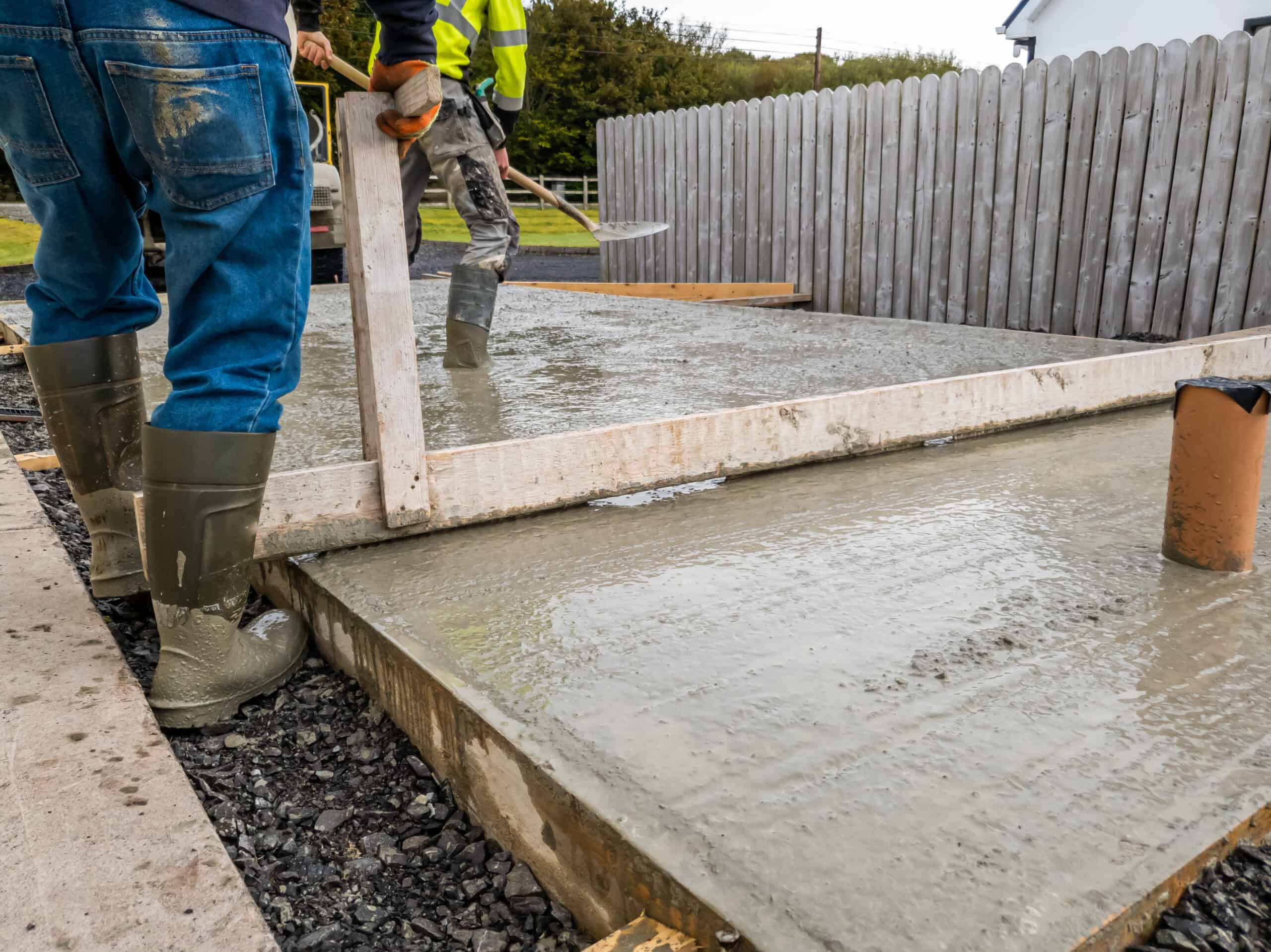
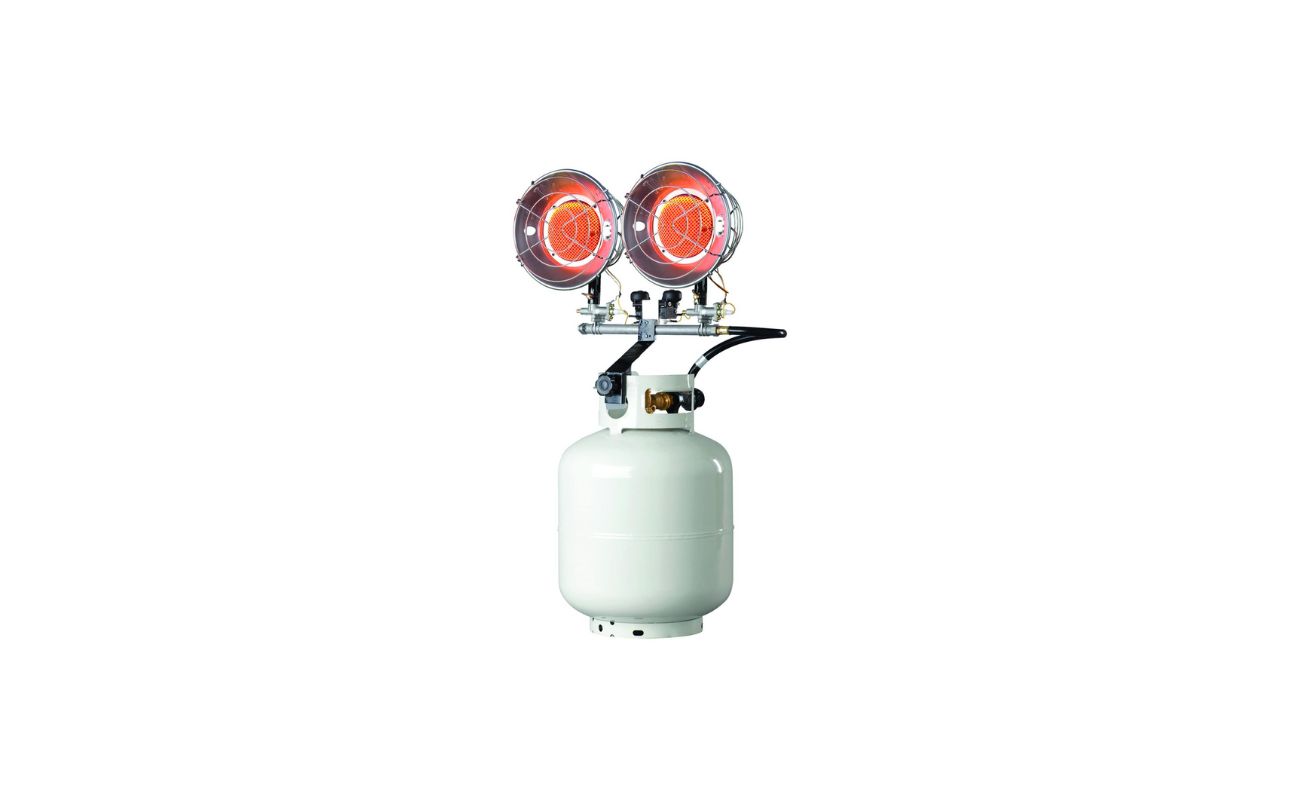

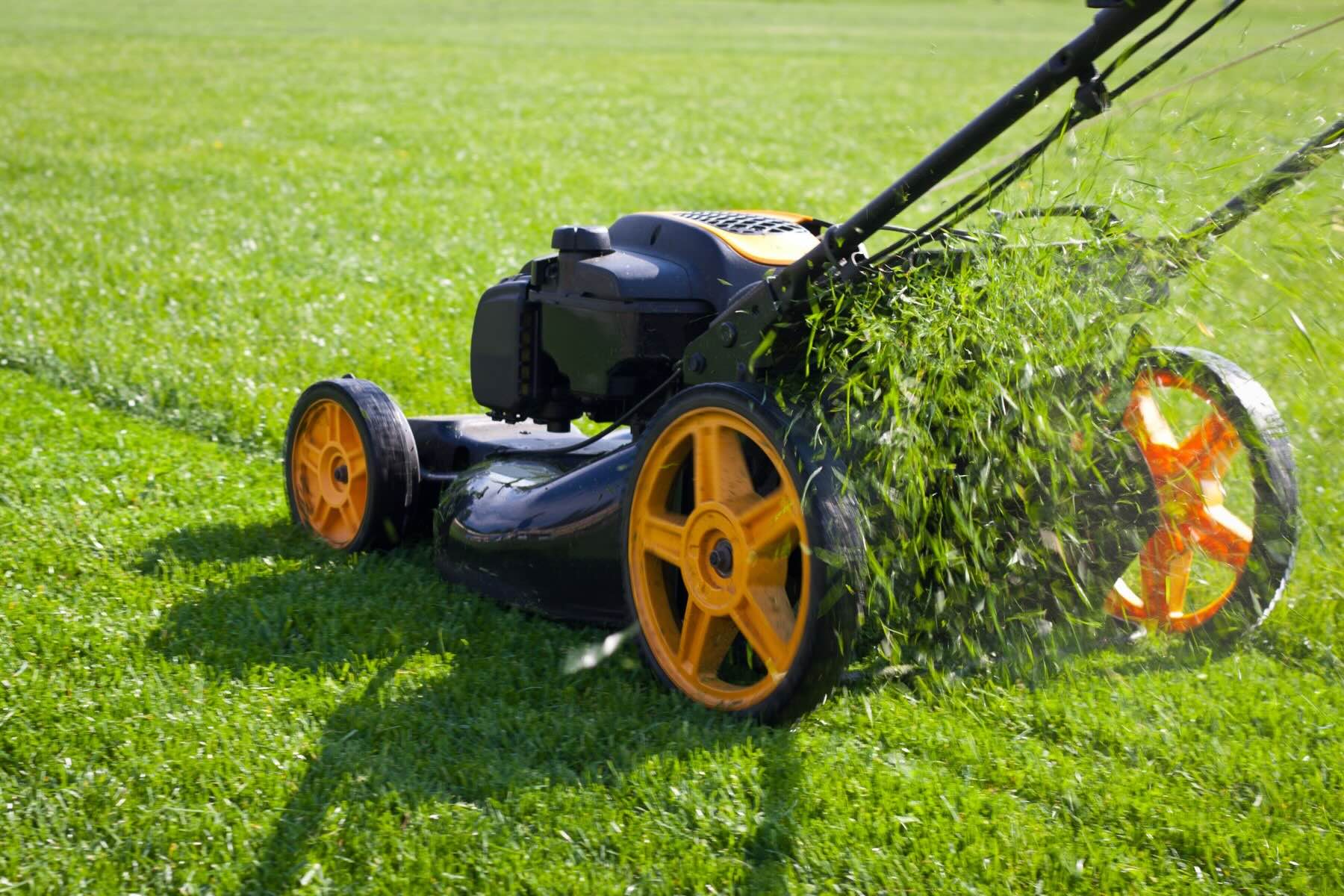

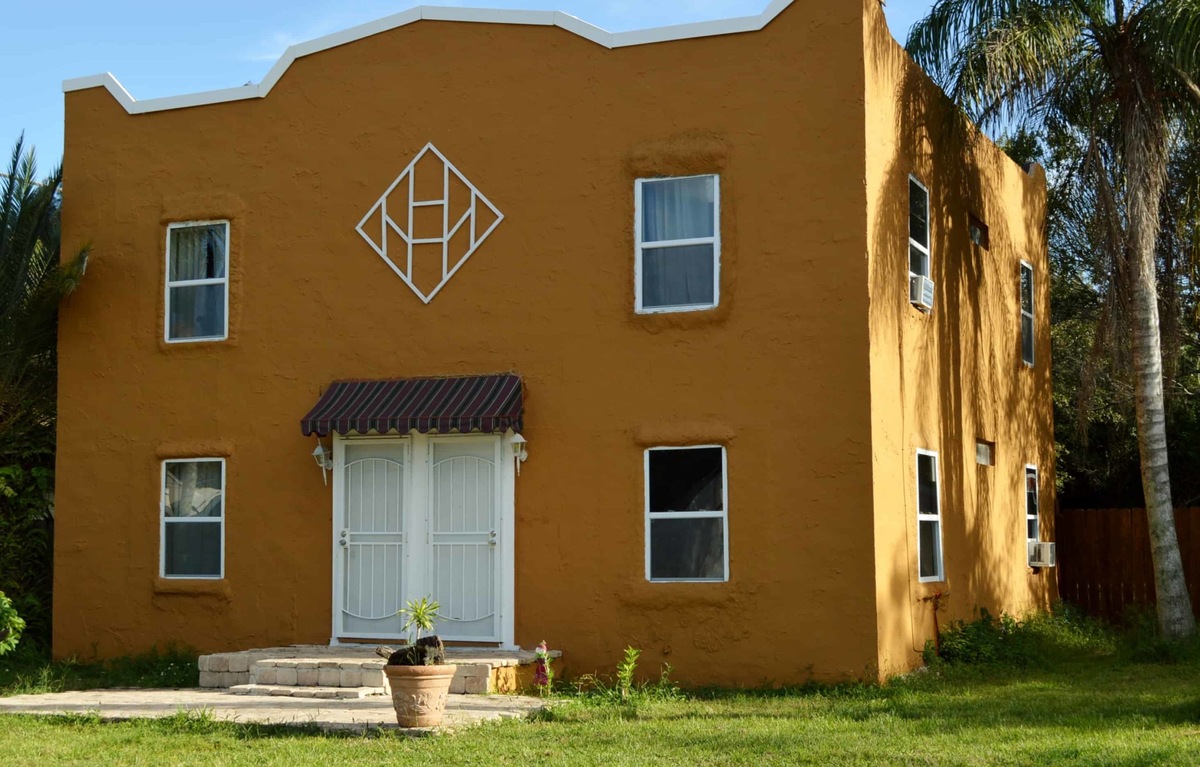

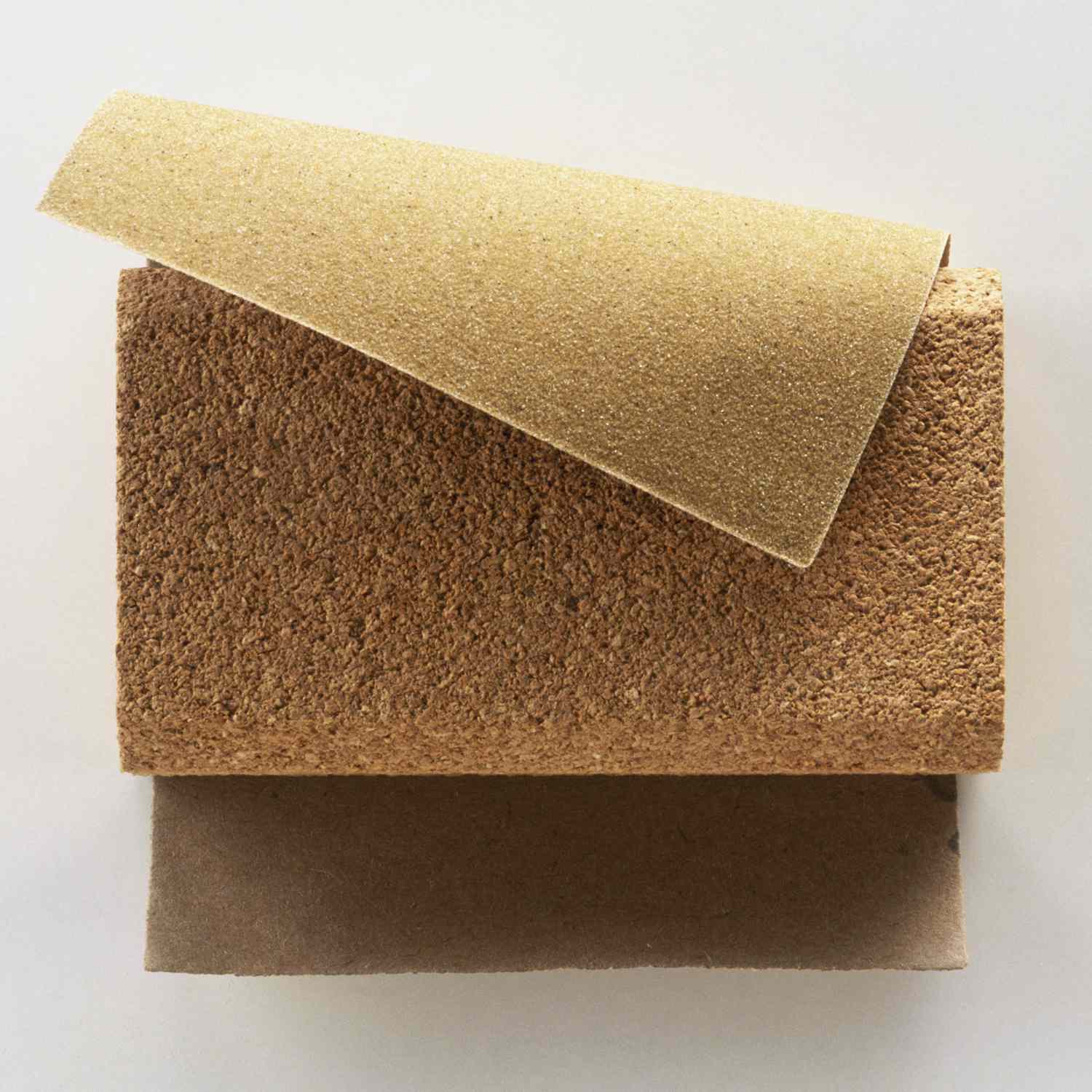
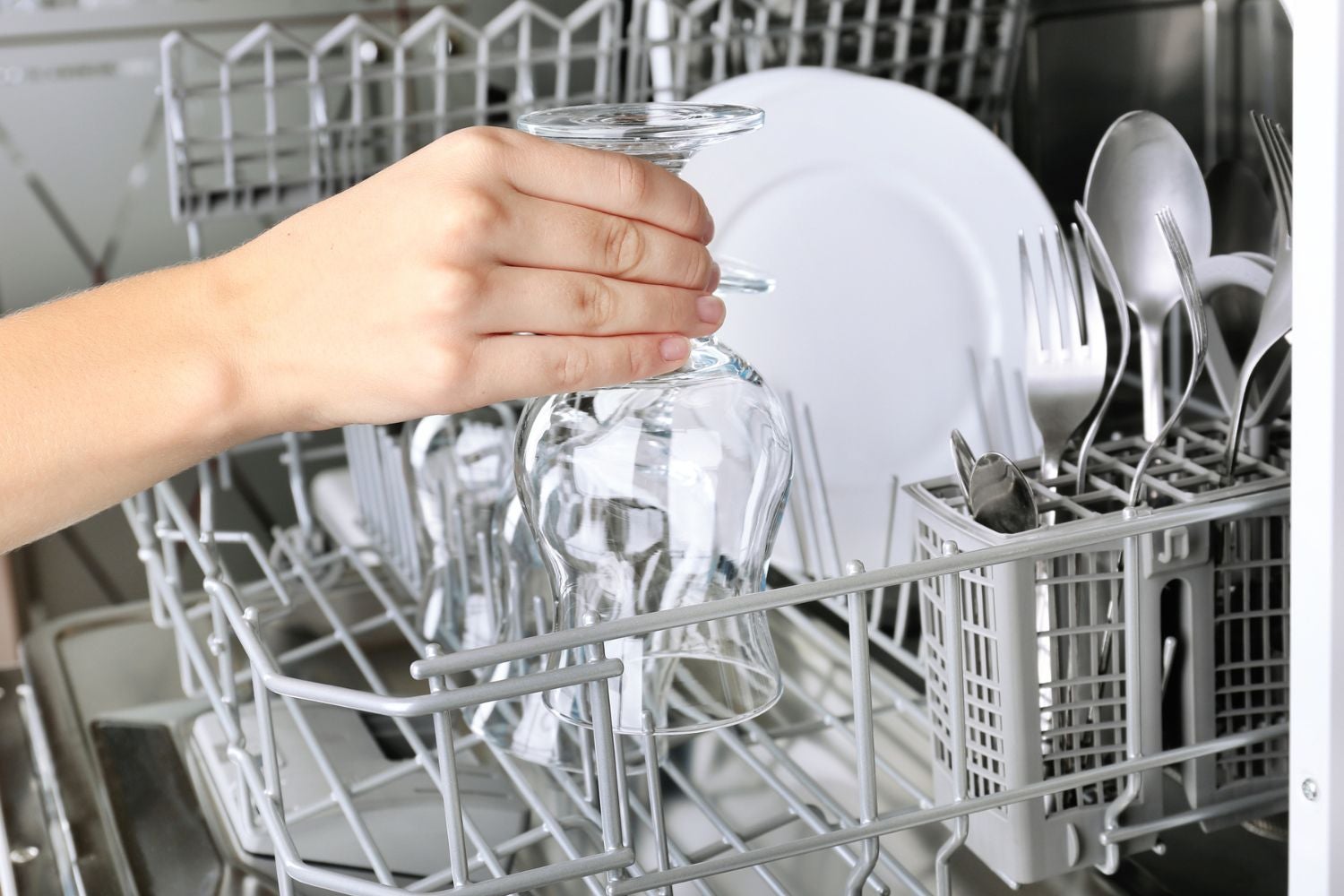




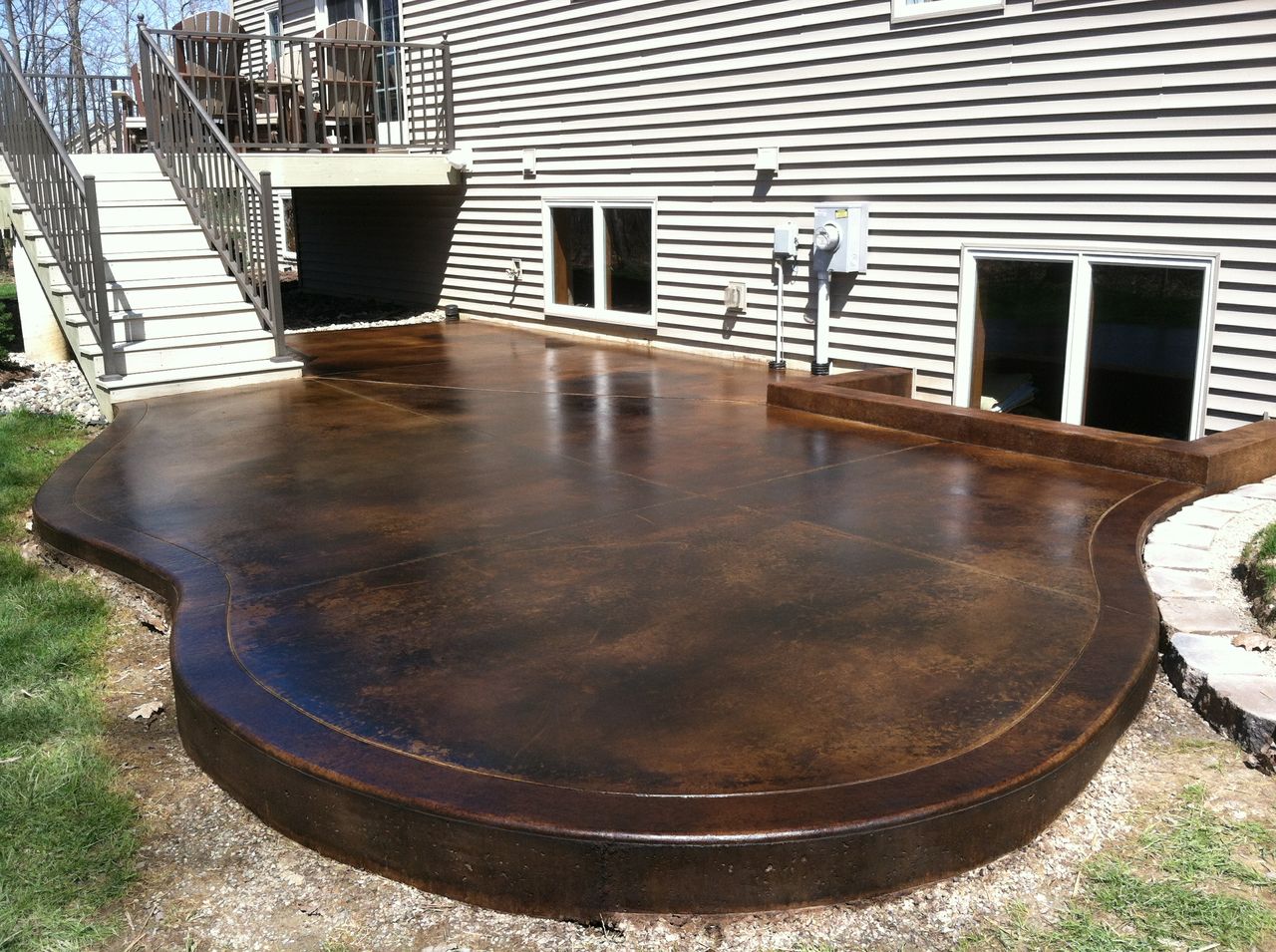

0 thoughts on “How Long Does A Concrete Patio Last”